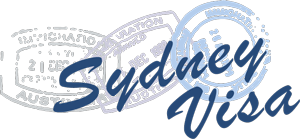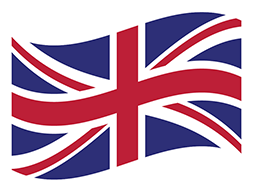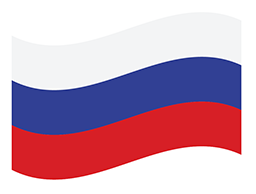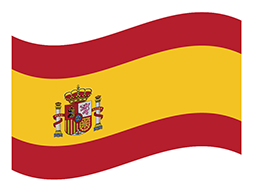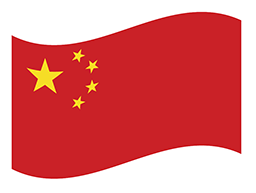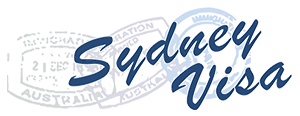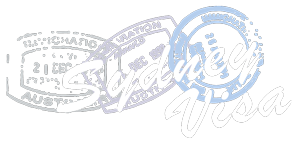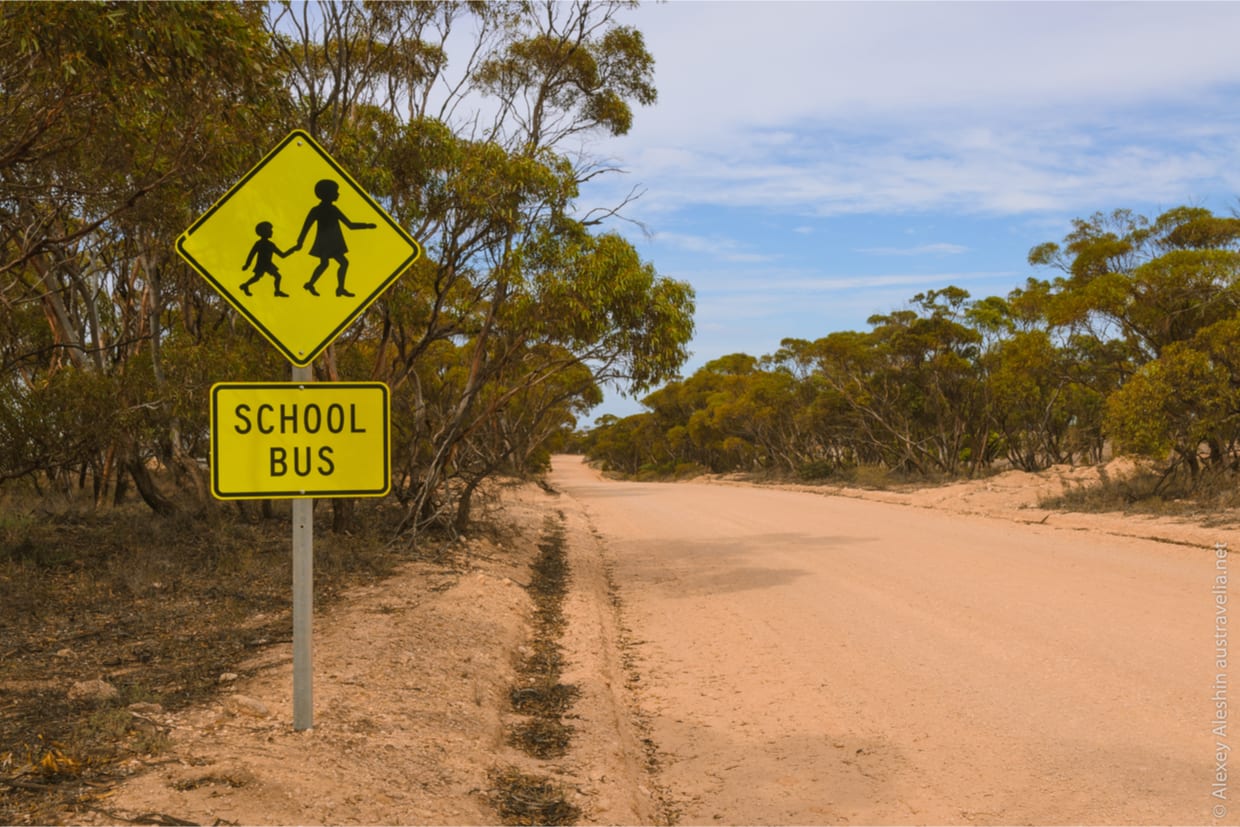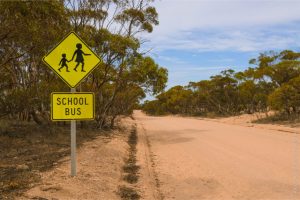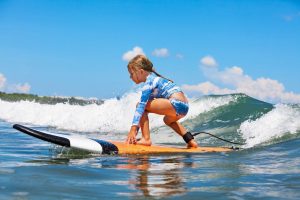Education in Australia is the responsibility of states and territories. The federal government provides funding and general guidance, but does not participate in curriculum development.
The school system has three levels:
- primary education (grades 1-6 / 7)
- secondary education (grades 6 / 7-10)
- higher secondary education (11-12 grades)
All schools in Australia can be divided into public, independent and private, and 70% of students attend public. Education in public schools is free for citizens and permanent residents. Among private schools there are churches (Catholic, Lutheran, etc.). There are boarding schools accepting children from abroad, and for admission to the best of them it is necessary to pass examinations.
Some of the schools are separate schools for boys and girls. Special schools are presented as well (selective school), enrolment in them is made on the basis of entrance tests. Some schools organise classes on the basis of their high complexity program.
The age of admission to school varies somewhat in different states and territories of Australia. As a rule, children come to school at the age of 5, but not younger than 4.5. Gifted children can be made an exception. In addition, gifted students can “jump over” a subject or year. Education is designed for 12 classes, and most students leave school at the age of 17 years.
The vast majority of educational institutions have a specific school uniform.
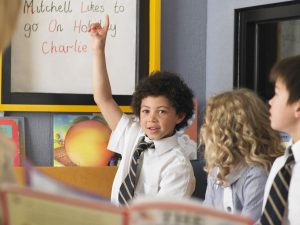
Students in grades 11–12 can also count on access to an apprenticeship and internship program, ensuring a recognized profession and partly paid work.
Intermediate assessment of performance is carried out using written tests, essays and oral reports, the results of which will form the average score. At the end of each training period, exams are taken. In the final rating, expressed in points from 1 to 100, both exam results and the average score during training are taken into account. Some higher educational institutions annually announce the minimum rating value required for admission to their faculties.
Parents can familiarize themselves with the evaluation of their child’s educational activities both through receiving written reports by mail (twice a year) and during individual meetings with the teacher. General information about the school, the percentage of students who successfully graduated from it, programs of study, and side events are published on school websites.
Graduated students receive Senior Secondary Certificates of Education (SSCE) and Certificate I-IV in accordance with the received specialty.
The school year usually lasts from the end of January to mid-December and is divided into two semesters or four terms. Training is interrupted for Easter (2 weeks in April), winter (2 weeks in July) spring (2 weeks in September) and summer (December-January) holidays. Students in grades 5-7 who need additional training are offered summer school. School camps and other outdoor activities, the purpose of which is to broaden the experience of students, are widespread.
From grade 1 to grade 7, students usually work with one or two teachers in their regular group. Special teachers are involved in such disciplines as music and sports.
Pupils of grades 8-10 have the opportunity to partially choose a specialization that divides pupils into groups in accordance with the subjects and expands the circle of specialized teachers.
In grades 11-12, the separation occurs not only in subjects, but also in terms of the level of complexity of learning. This helps students find their own, unique way of development and increases the effectiveness of education.
The state education departments, taking into account the need for students to have a balanced lifestyle, leave enough time for family, leisure, and cultural activities. In the preparatory classes, homework is usually not assumed. In grades 1, 2, and 3, independent work outside the school may occur, but usually not more than one hour per week. At 4 and 5, usually no more than two or three hours a week. At 6-7 no more than 3-4 hours a week, and at 8-9 no more than 4-5. In high school, the amount of homework depends on the individual training plan.
One of the ways to help achieve quality education is to create an atmosphere of mutual respect and tolerance in schools. Programs that allow to solve the problems of discrimination, harassment and intimidation are widespread and are implemented in a variety of ways, from showing educational films and performances to discussing and promoting mutual aid. Violation of the school’s code of conduct leads to serious consequences, including temporary or permanent (in special cases) student exclusion. All these measures provide a fairly peaceful and friendly atmosphere, incl. and in relation to immigrant children.
Also, attention is paid to proper nutrition, the basics of a healthy lifestyle, increasing physical activity and religious education (by choice of the parents). In general, Australian schools actively use information technologies in their work, which allows to avoid paper work and optimize the learning processes. The organization of school space brings students closer to a healthy lifestyle, allows them to spend a lot of time in the fresh air
